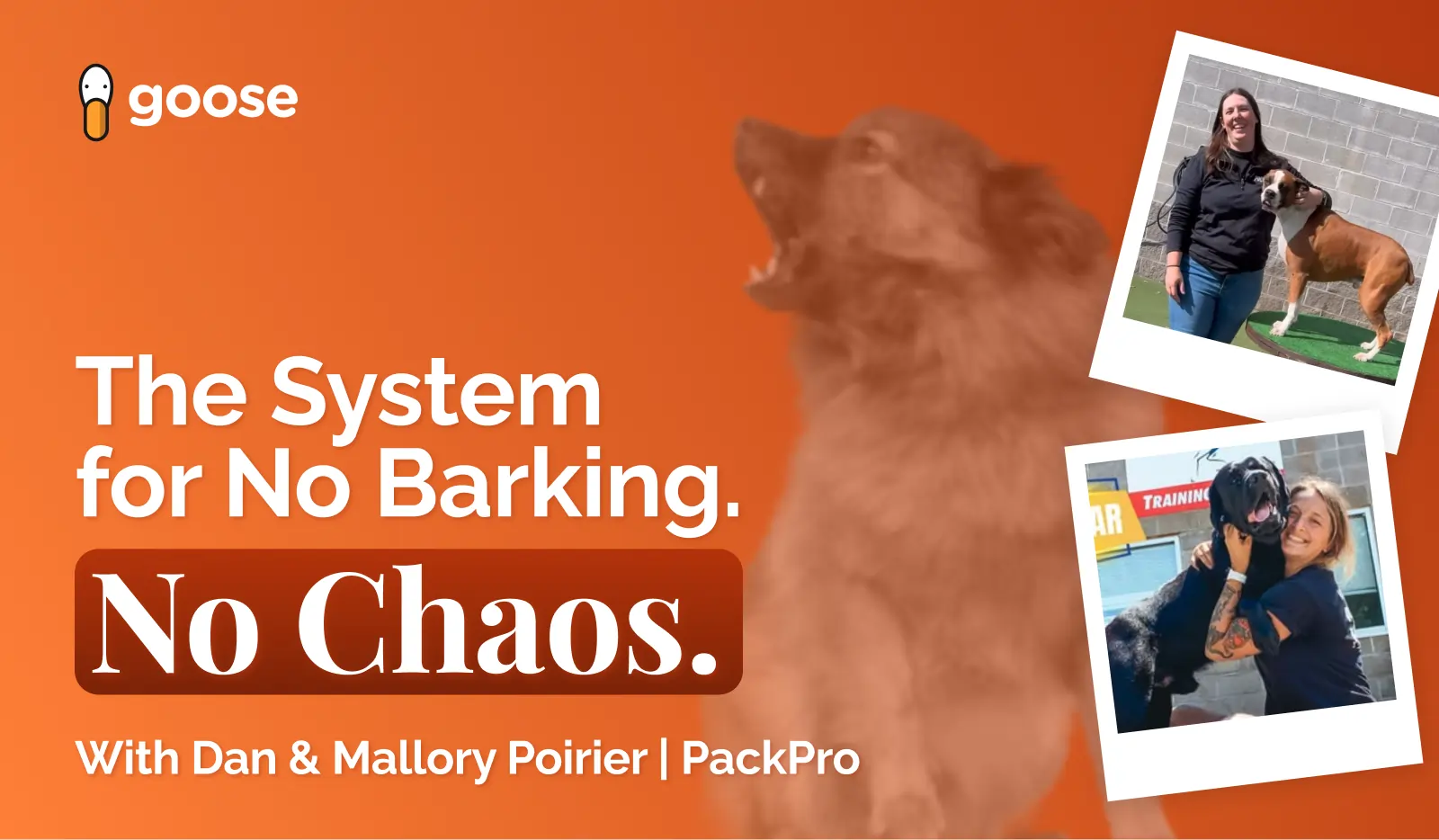
When it comes to building pet care offerings, I believe that too many pet care businesses jump into the practical matters of listing and pricing services without considering the psychological triggers that influence consumer decisions. For that reason, I wanted to start this series on building pet care offers by first examining the psychological principles behind why consumers make the choices they make. This article delves into ideas like price anchoring, the decoy effect, and the power of offering (not too many) options. By leveraging these principles your pet care businesses will not only attract more customers, but it will also guide those customers toward choices that benefit them and your business.
Price anchoring works both ways. A lower starting price for a very basic offer can bring in new customers who may be initially comparing facilities based on price. During the booking process, you can then provide opportunities for them to upgrade their stay or purchase add-ons that will increase the value of their visit.
The principle of anchoring creates a range from which your customers can make a decision. To take advantage of this psychological principle, you need at least one premium offer with a premium price and one basic offer with your lowest price. Your premium offer will tend to elevate the average order value, while your cheapest offer can help bring people in the door. I would strongly advise you to research your competitors while creating these offers. Having an inexpensive offer that is well-below your peers can confer negative perceptions about your facility and the level of care you offer.
Clearly the middle option is a bit of a loser here, but in his study, the presence of the middle option made his participants more likely to choose option C. When option B was there, 84% of study participants indicated a preference for C; when option B was not there, only 32% chose option C. Although nobody had a preference for option B, its presence gave contextual clues to the consumer that made the last offer more exciting.
While we might not create such an obvious decoy, it should be noted that, by creating a decoy offer that is near the offer that we actually want customers to take, we can give additional context that can drive consumer preference.
You can, of course, provide more than three options; however, I would advise against offering too many. That is because too many options can stall decision-making and the contextual clues that make the previous techniques so powerful become minimized. Customers can be paralyzed by the decision-making process and decide to do additional research that could lead them away from your facility.
Determining the ideal number of options depends on various factors. However, having more than five primary offers might confuse potential buyers and harm your conversion rate. You want customers to be able to make a quick decision early in the process of booking their reservation. The act of making an early commitment triggers another psychological principle called “completion bias” - that is, people want to finish what they start. The act of making an initial selection propels them further towards completing their booking. My advice is to use simple and straightforward offers to gain initial commitment and provide upsell opportunities later - once the big decision is out of the way.
Understanding the psychology of consumer behavior is just the first step in creating compelling pet care offers. In my next article, we'll dive into the practical aspects of designing these offers, from structuring pricing tiers to crafting enticing add-ons. Stay tuned!




.svg)




